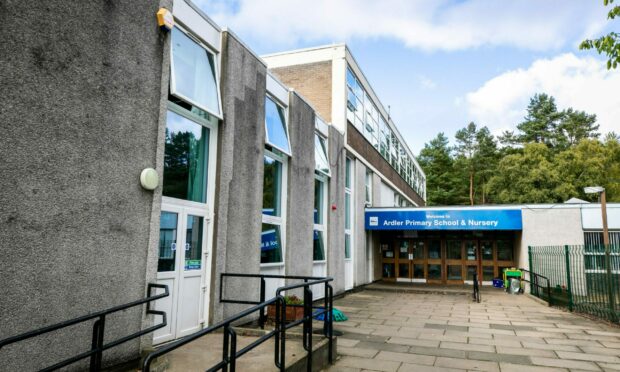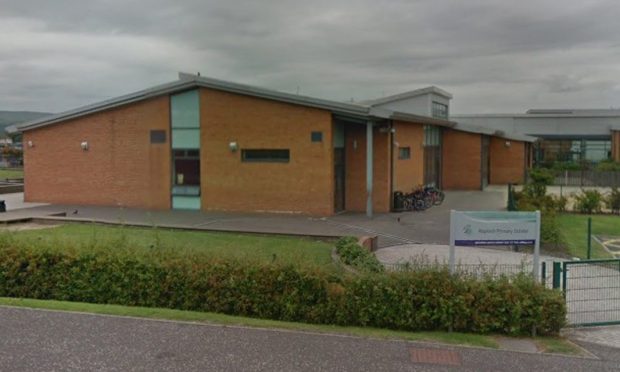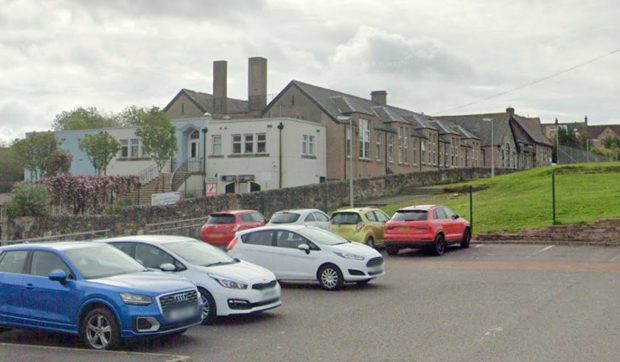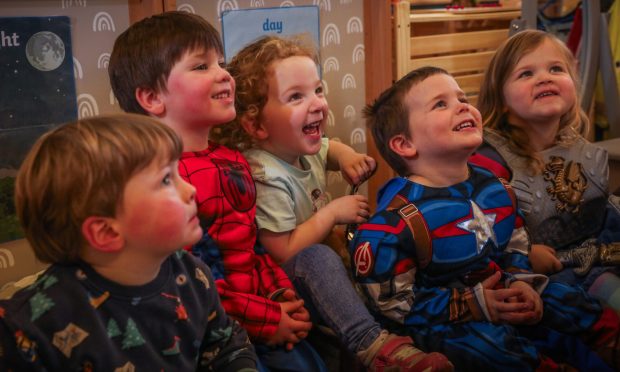Work in Dundee primary schools pre-pandemic to improve attainment ensured levels didn’t fall drastically during the coronavirus outbreak, according to the council.
A new report shows while there was a decline in pupils’ performance in literacy and numeracy during the pandemic, the numbers in Dundee schools held up compared to the Scottish average.
Councillor Stewart Hunter, Dundee City Council children and families convener, said the ‘dip’ in attainment levels in primary schools was not as extreme as other parts of the country.
Dundee City Council’s children and families service has published a report on achievement of Curriculum for Excellence (CfE) levels for 2021/22.
It shows the proportion of children and young people who have achieved expected levels in literacy and numeracy for their stage.
Overall attainment in literacy: Primary 1, 4 & 7
The key statistics in reading, writing, and listening and talking were:
- 80% of primary school pupils in Dundee achieved their expected CfE level in reading. The national average was 78%.
- 72% of primary school pupils in Dundee achieved their expected CfE level in writing. The national average was 73%.
- 86% per cent of primary school pupils in Dundee achieved their expected CfE level in listening and talking. The national average was 85%.
Statistics for attainment in numeracy
Overall attainment in numeracy: Primary 1, 4 & 7
The key data for numeracy showed:
- 83% of pupils achieved their expected CfE level in P1. The national average was 84%.
- 73% of pupils achieved their expected CfE level in P4. The national average was 75%.
- 74% of pupils achieved their expected CfE level in P7. The national average was 76%.
However, figures showed an improvement in numeracy attainment among Dundee primary pupils living in the most deprived areas.
In 2017/18 69% of them achieved the expected level compared to the Scottish average of 71%.
But in 2021/22, 72% did so compared to the Scottish average of 70%.
Mr Hunter said: “What the data is showing us is that there was a dip through the pandemic which was not unexpected.
“But when we look at the Scottish average, our dip wasn’t as extreme as other parts of the country.
“This shows me that a lot of the work we put in place over the last few years to improve attainment and to support our young people held up through the pandemic.
“What we now need to do is re-build on the work we have done to improve attainment across the city.”
Dundee schools build a solid foundation pre-pandemic
Paul Fleming, Dundee City Council chief education officer, said the pre-pandemic work in schools included improving the quality of learning and teaching and quality of leadership.
As well as creating learning environments suitable for learning for all and reducing the number of exclusions.
He said this built a solid foundation going into the pandemic.
He said: “During the pandemic we had the online learning as well as a real focus on literacy, numeracy and well-being.
“This made sure young people were in the best position to learn as possible.”
Work to continue improving attainment
Mr Hunter added: “There are still challenges.
“Covid isn’t completely away but we understand the difficulties a lot of young people and families have had coming out of the pandemic.
“There is support we need to put in place and this is work we are continuing to build on to improve attainment as we go forward.”












Conversation